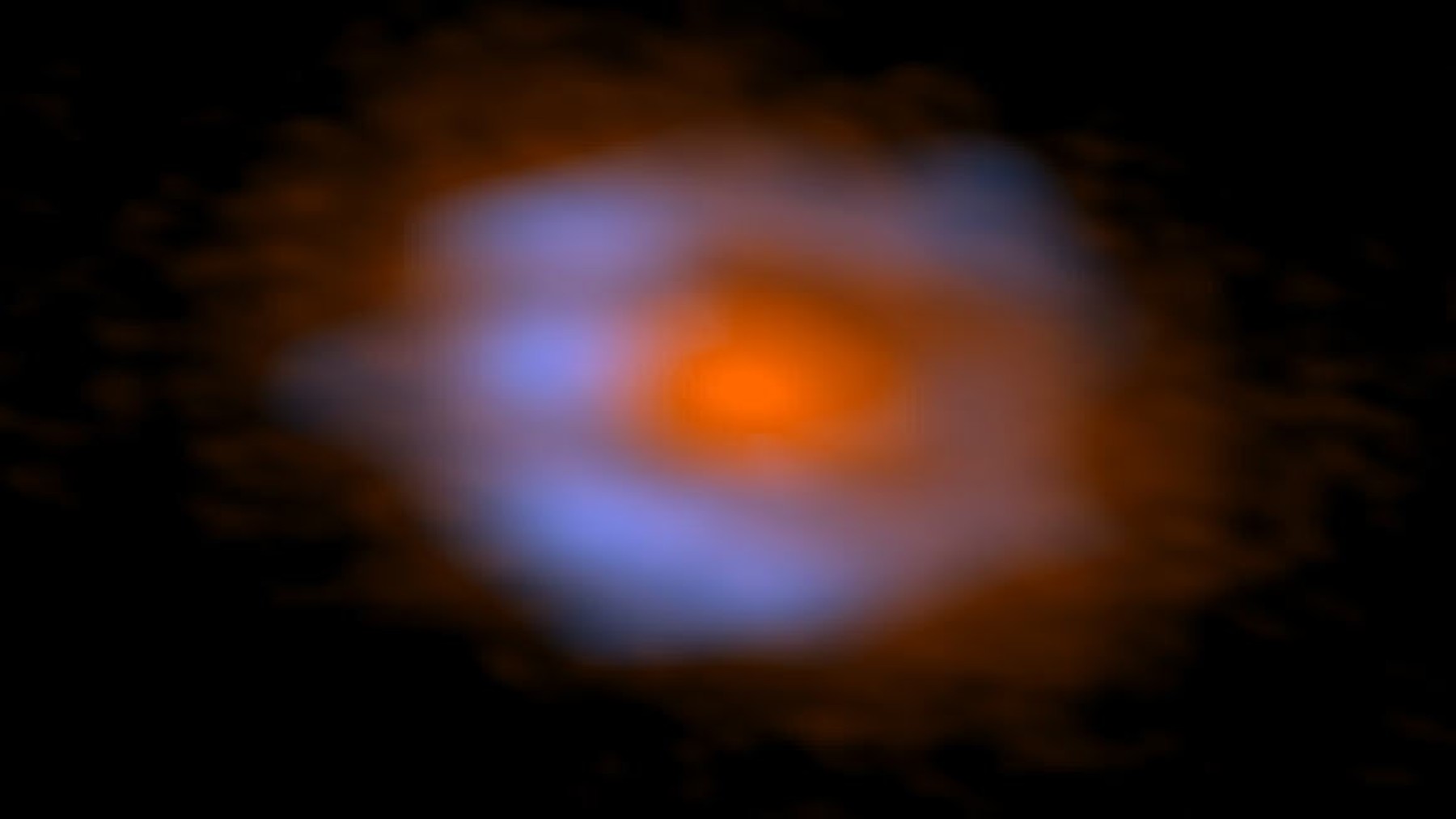Scientists consider a baby star to be the cosmic lighthouse that is currently undergoing formation, gathering mass from a cloud of gas and dust. Additionally, they are commonly referred to as protostars and are not as hot and dense as more mature stars, with little to no nuclear reactions occurring within their cores. While studying the baby star known as V883 Orionis, NASA discovered 17 orbs in its surroundings, prompting astronomers to rethink their current understanding of these environments.
A baby star is formed in proximity to planets: It could have been us
One aspect that may lead to confusion when it comes to baby star formation is the difference between the way they are created compared to how a planet is formed – essentially, what happens in the same process, but with leftovers. A star collapses under its own gravitational field and triggers nuclear fusion. Planets, on the other hand, have the cloud of gas and dust clumped together under the force of gravity.
This suggests that both cosmic structures could potentially become the same if what is supposed to become a planet has enough mass to initiate nuclear fusion. This would cause it to suddenly light up and start to shine – exactly what happened to our sun. The process has been confirmed by astronomers, and it’s widely accepted throughout the scientific community; however, something about V883 Orionis does not sit right.
V883 Orionis reveals more tidbits: Complex signs of life in its surroundings
Early in July, astronomers studying the baby star V883 Orionis discovered complex organic molecules drifting in the dusty disk where planets are starting to form. The finding hints that the chemistry required for life may begin long before rocky planets even take shape. Among the 17 molecules identified were ethylene glycol and glycolonitrile, both considered early steps toward sugars and amino acids.
Led by Abubakar Fadul at the Max Planck Institute for Astronomy, the team used the ALMA observatory in Chile to track faint radio signals. They found 15 emission lines from ethylene glycol and six from glycolonitrile, indicating gases at different temperatures inside the disk.
Simulations of protoplanetary disks fall short in producing glycolonitrile. Astronomers think that extra surface chemistry may be missing, such as UV reactions between formaldehyde, ammonia, and hydrogen cyanide. If those routes are added, they might explain why the molecule shows up in the gas so quickly whenever the baby star flares (much like our sun does at times).
Molecules break down so fast that they cannot be studied: ALMA can still detect
The spectra from ALMA barely show glycolaldehyde, despite lab tests indicating it should quickly turn into ethylene glycol in icy grains. One possibility is that hydrogenation occurs too quickly, or that hydroxyl radicals break it apart before we can detect it. Future observations with higher resolution could clear up the mixed signals and potentially even uncover larger molecules, such as short peptides, the first hints of cell-membrane chemistry.
The star is surrounded by ice? This is what the Chile observatory saw
These molecules usually cling to icy dust grains, but the star’s current outburst is heating parts of the disk, releasing them into space. Their presence suggests that essential building blocks for life may survive well into the planet-forming process. ALMA also discovered something else in V883 Orionis. The baby star has a disk of gas and elements surrounded by a disk of frozen material, almost like cosmic snow. This makes it unusual compared to what astronomers typically see. Recently, the star flared, brightening so much that it pushed the water snow line farther out, creating a true snow-like effect around it.

